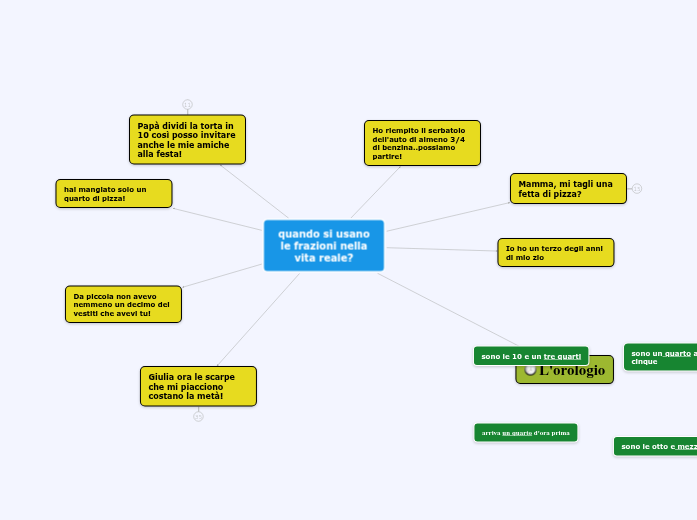Indeginous Canadians
by aiden and charlotte
Economic Life
The indigenous people would hunt down rivers and fish in shallow water. In many Northwest Coast Indigenous nations, the potlatch is a sacred ceremony used to redistribute wealth. Discussions about the economic conditions of Indigenous peoples often suggest similar experiences and outcomes. However, there is great historical and contemporary diversity in the economic activities of people in Indigenous communities. Moreover, these economic conditions have occurred, and continue to occur, within the context of colonization, social exclusion, and political and economic marginalization.
how the treatie was made
The treatie idea was thought of in 1763
The canadian government and the first nation aggred they were gonna make a treatie in 1771
In 1871 - 1921 the first nation and the canadian governmment aggred to sign the treatrie agrement
Perspective
People's perspective on first Nations, depended on many factors. The factors were about their beliefs and hopes. What's most important about the factors is more people's idea. Lot's of Europe settlers believed that the railway would help transportation, and didn't realize the way they cleared the land. On Indigenous perspective is that they were probably mad, they were mad because they were forced off their own land.
health
some of the health problems faced by indigenous migrant people are poor nutrition, a lack of access to medical services and a lack of health programs with an special focus, leading to greater incidences of preventable diseases.
Family life
Inuit methods of raising children differ considerably from those in Southern Canada. To the outside observer, Inuit children enjoy a substantial amount of freedom, as indicated by the fact that when not in school, children stay up much later than southern children, are often fed when they are hungry and not according to a set meal schedule, and are disciplined in a different manner by their parents. To the uninformed observer, Inuit parents may appear indifferent or overly lax with their children, though this misconception is largely due to cultural differences.
did you know
In the 1800s around 50 million buffalos roamed the great plains of north america.in 1840 - 1850 60% percent of buffalos died. By 1889 there was only 645 buffalos left. the reason there was only 645 buffalos left was because diseases,drought and when more cities were built there was less space for the buffalos.
Canadian communities past and pressent book\social studies book
https://rosanjose.iom.int/en/blogs/5-key-aspects-migration-indigenous-peoples
Negotiating the prairies treaties
In the 1870s the first nations signed a treaties with the canadian government.The government had more advantages over the indigenous people when negotiating the treaty.
They used translators to help the communicate with the first nations. After the treaty agreements were reached the government officials wrote the treaty in formal english. The treaties were written in the perspective of the government.
Lots of the first nations people believed that the treaty was made up of honour and trust.
First nations people on the prairies/history
Around 35 000 years ago first nations lived on prairies in the 1867. They moved around a lot to gather resources. They hunted buffalo herds so they could feed their families. In their culture they didn't believe someone could own the land and it was a free place. The government wanted the first nations to live like them the settlers, they wanted the first nations to live on a farm and stay on it. One of the reason they wanted to move the first nations, is because they wanted to make a rail way
Social life
Indigenous Peoples are distinct social and cultural groups that share there belifes more than youd think ties to the lands and natural resources where they live, onw or from which they have been displaced. The land and natural resources on which they depend are linked to their identities, cultures, livelihoods, as well as their physical and spiritual well-being.









